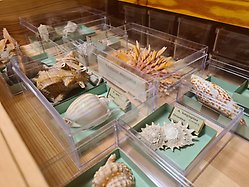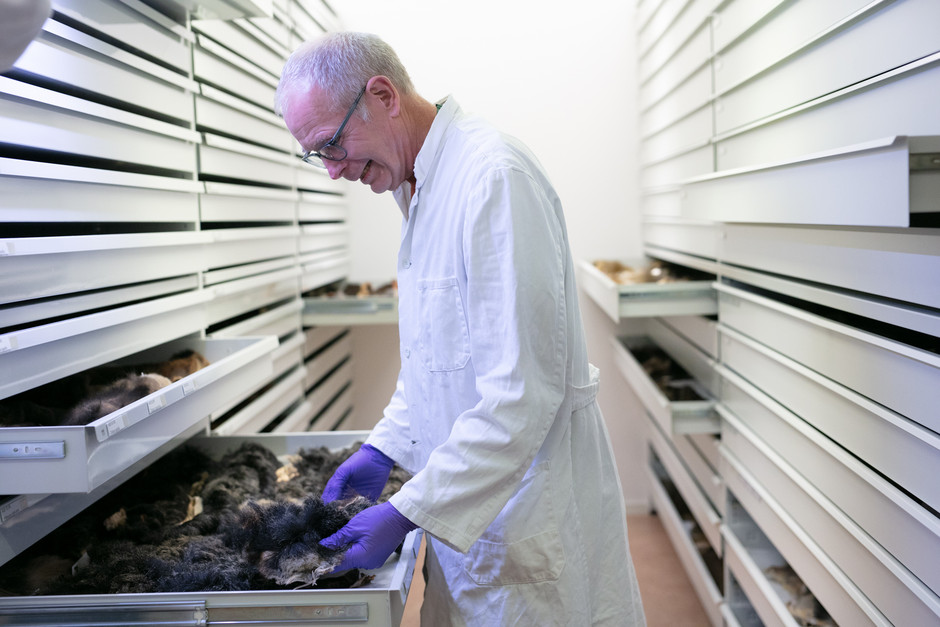Introduction
The zoological collections contain close to four million specimens divided between entomological collections (insects, myriapods and spiders), vertebrates and remaining invertebrates.
History and present state
The collections are primarily based on animals collected during expeditions in various parts of the world as well as from donations. The oldest collections of the department date back to the 18th century, but much of the material comes from Swedish expeditions conducted in the late 19th and the first half of the 20th century. The collections continuously expand through both donated specimens and extensive fieldwork by the museum's own researchers in Sweden and abroad.
The collections as a research infrastructure
The zoological collections contain tens of thousands of type specimens, i.e., collected specimens on which new species descriptions are based. These specimens are often borrowed, photographed, and studied by researchers from around the world. New type specimens are continually added by the museum's own researchers, who describe an average of over 100 new species each year. It is now standard practice to sequence DNA from collection items, which can address questions ranging from forensic to evolutionary and conservation biology inquiries. Questions about temporal trends, population changes, distribution, or exposure to environmental toxins are other examples of research studies that our collections contribute to. A growing trend is to sequence the entire genetic material (genome) of a species from museum specimens, giving rise to a research field known as 'museomics' in English.
Digitalisation
Zoological objects registered in our database are regularly published on the museum's collection page. Currently, approximately one-fifth of all items are digitally registered and searchable. We continuously work on registering both old items and newly acquired materials for our collections. Objects that are not yet available digitally are often listed in handwritten catalogs, card indexes, and species lists, facilitating searchability in the non-digitized collections.
Collections
Our vertebrate zoology collections comprise approximately 400,000 specimens of mammals, birds, amphibians, reptiles and fishes. From the soles of taxidermied birds, the entire genetic material of bird species is regularly sequenced. We also possess unique items from some extinct animals such as the thylacine and the bluebuck.
Read more about the vertebrate collections.
More than three million insects constitute the majority of our entomological collections, where beetles and butterflies are dominating the collection space. Here we find a large number of type specimens, dating as far back as to the time of Linnaeus.
 Zoom image
Zoom imageA drawer with molluscs
Our invertebrate zoology collections spans everything from microscopic acoel worms to several meters long giant squids, and number over half a million specimens. Here we find animals such as sea stars, crustaceans, snails and slugs, worms of different kinds, corals, sponges and jellyfish.


